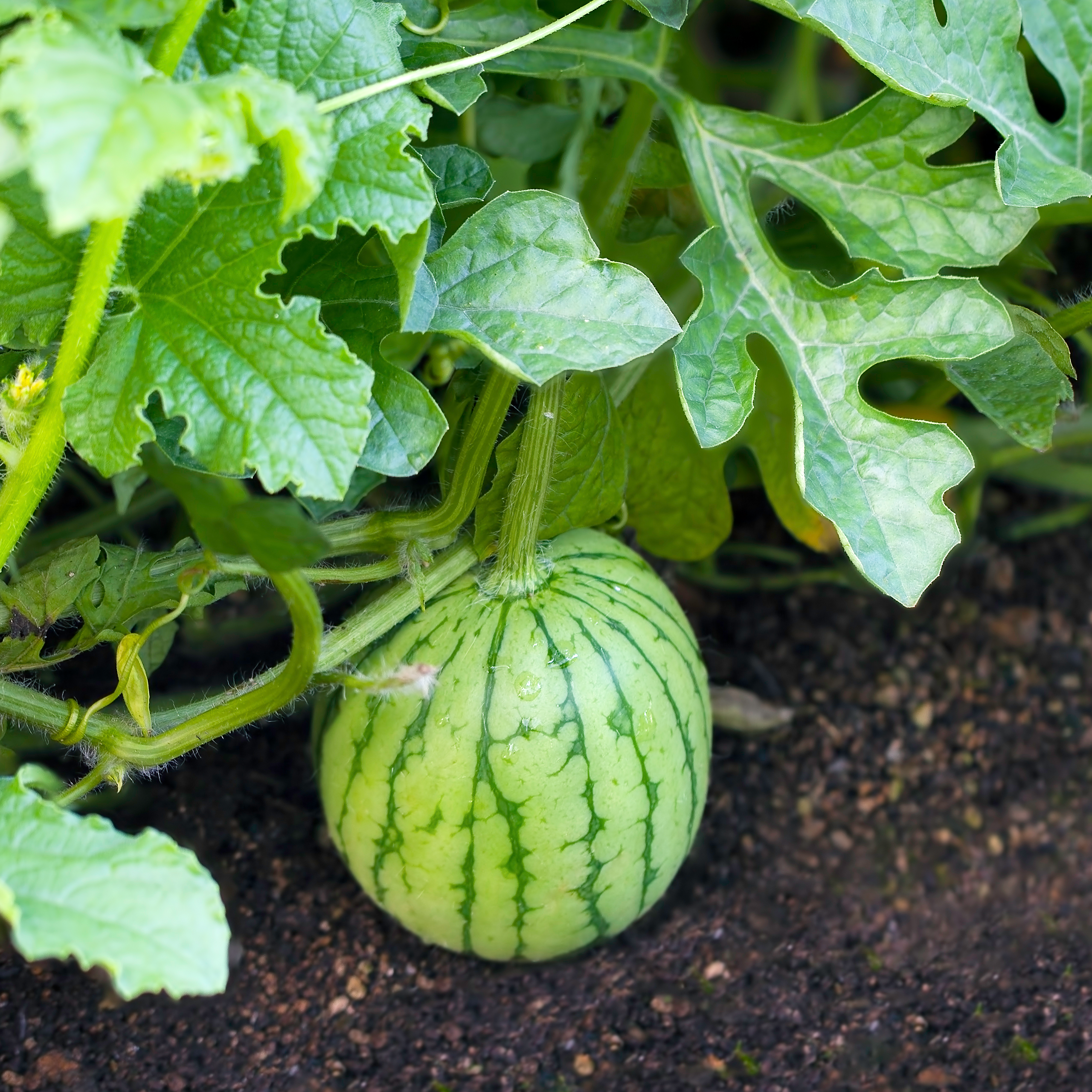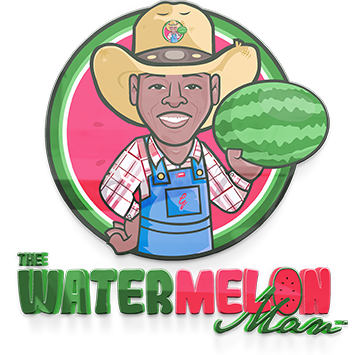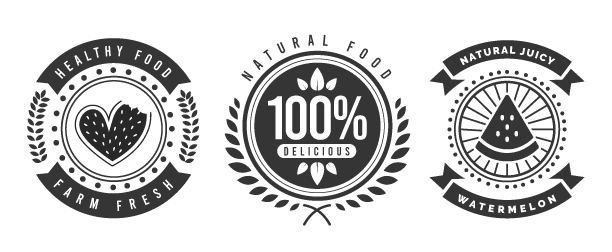As a farmer, I’ve spent my life working the land, growing crops, and watching the seasons come and go. But there’s one crop that always stands out to me: watermelon. It’s a summertime staple, with its sweet and juicy flesh providing the perfect refreshing treat on a hot day
“The yellow watermelon is like the sunlight, sweet, juicy and refreshing, a burst of summer in every bite.”
~ Unknown Farmer
And yet, as much as I love the classic red-fleshed watermelon, there’s another variety that has captured my heart in recent years: the yellow watermelon.
It was several years ago that I first stumbled upon a yellow watermelon. At first, I was skeptical – after all, I had grown up with the familiar red-fleshed variety, and had never even heard of a yellow watermelon before. But as soon as I cut into that first one, I knew I had discovered something special.
Yellow watermelon, it turns out, has a long and storied history. It’s been grown in Africa for centuries. It didn’t catch on immediately, however – for many years, it was considered a novelty crop, and was grown primarily for its seeds. But in recent years, as people have become more interested in unique and heirloom varieties of produce, yellow watermelon has experienced a resurgence in popularity.
What sets yellow watermelon apart from its red-fleshed counterpart? For starters, there’s the obvious: the flesh is a bright, sunny yellow, which makes for a striking contrast against the green rind. Yellow watermelon is also said to be sweeter and juicier than its red counterpart. Plus, it contains all the same health benefits as traditional watermelon, including high levels of vitamins A and C, as well as potassium. For me, yellow watermelon represents the perfect intersection of tradition and innovation. It’s a crop with a rich history, yet it also feels fresh and new. And as a farmer, there’s nothing quite like the thrill of discovering a new variety of produce and sharing it with my customers.
If you ever find a juicy yellow watermelon at your local farmers market or grocery store, and don’t be afraid to give it a try.
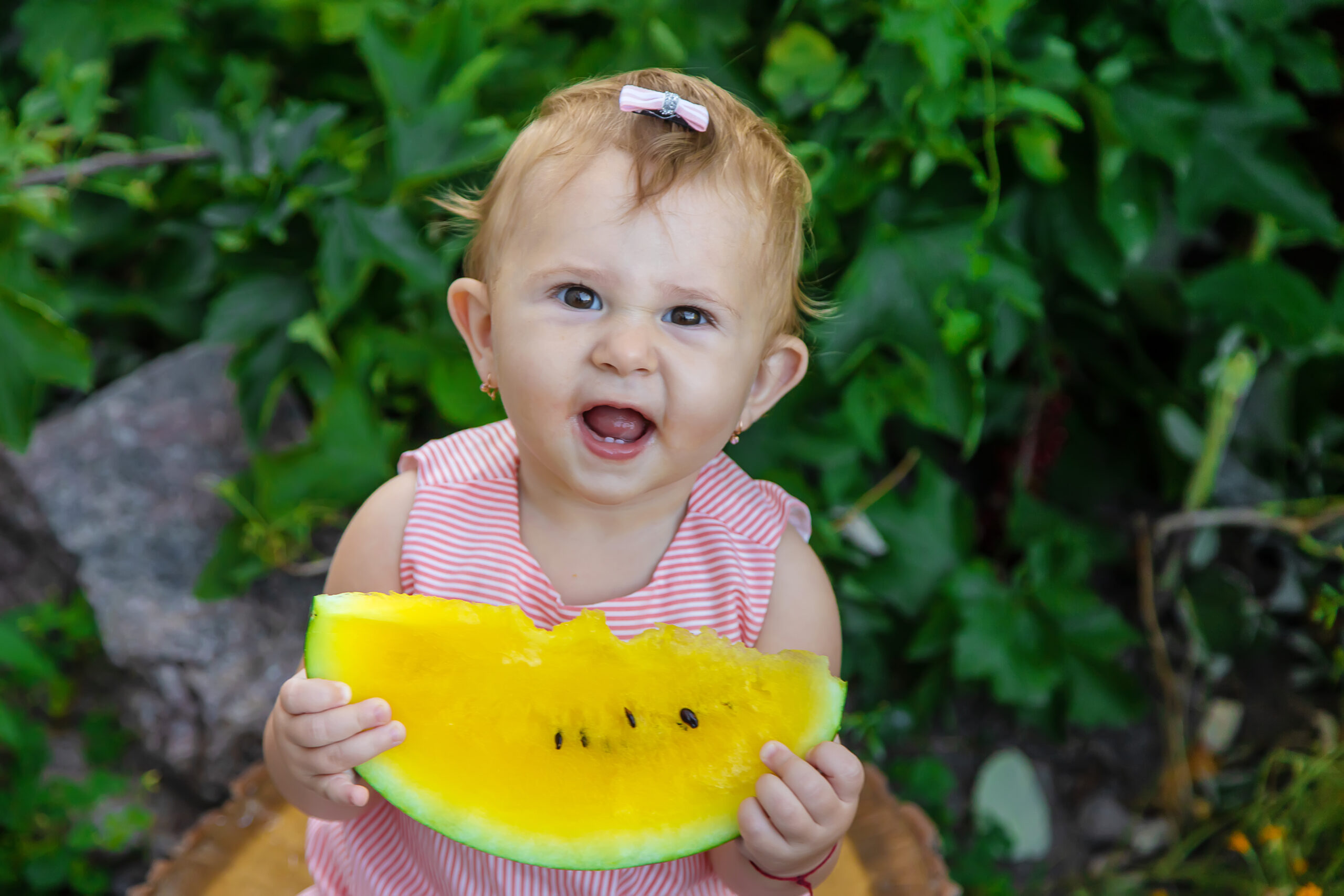
It appears that this baby has discovered a bright and delicious yellow watermelon
Fun Facts about Yellow Watermelon:
• Yellow watermelon gets its distinctive hue from beta-carotene, the same compound that gives carrots their orange color.
• Because yellow watermelon is a relatively new variety, it’s still considered a specialty crop and is not grown as widely as traditional red watermelon.
• In some parts of Africa, yellow watermelon seeds are roasted and eaten as a snack, much like pumpkin seeds.
• Like traditional watermelon, yellow watermelon is best stored in a cool, dry place and should be consumed within a week or two of purchase for optimal flavor.
THE NUTRITIONAL FACTS OF WATERMELON
The breakdown
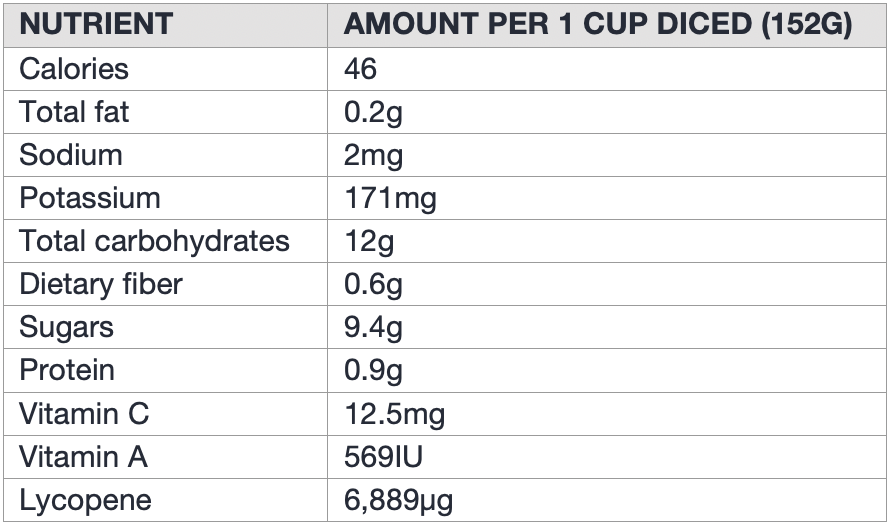
This chart provides a breakdown of the nutritional facts of watermelon, including the amount of calories, total fat, sodium, potassium, total carbohydrates, dietary fiber, sugars, protein, vitamin C, vitamin A, and lycopene in one cup of diced watermelon (152g).
